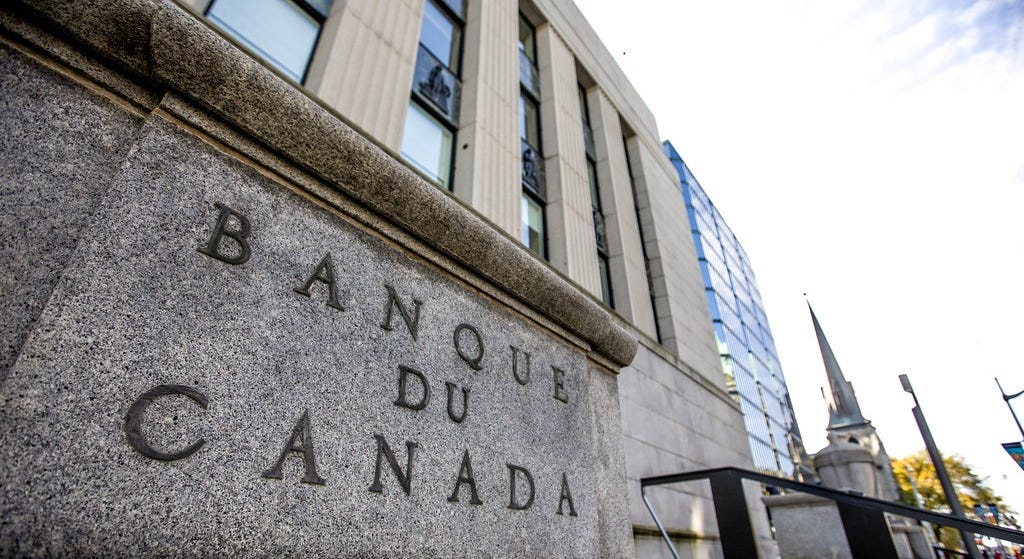Indigenous loan guarantees carry risks, says Fraser Institute study
A new study warns the Carney government’s $20 billion Indigenous loan guarantee program for infrastructure projects could be a risky financial move, cautioning against potential pitfalls.
A new study warns the Carney government’s $20 billion Indigenous loan guarantee program for infrastructure projects could be a risky financial move, cautioning against potential pitfalls.
In a new study published last week, Risk and Reward: Indigenous Loan Guarantees for Resource Megaprojects, the Fraser Institute urged the Liberals to “mitigate the risks” of government loan guarantees by learning from “past successes and failures.”
“Loan guarantees involve real risks, and so it only makes sense to review the history of past successes and failures to better understand practical guidelines for the government’s role in these larger infrastructure projects,” said study author Tom Flanagan.
Government loan guarantees promise lenders that they will repay all or a portion of a borrower’s debt if the borrower defaults. They are designed to encourage lenders to extend credit to borrowers who might otherwise struggle to access traditional financing.
Indigenous ownership in megaprojects is often seen as a fair means for Indigenous people, and government loan guarantees to facilitate this ownership have been supported across both sides of the political aisle.
Both the federal government and several provincial governments now have specialized agencies for providing loan guarantees, with a combined authorization of roughly $20 billion.
The study argues that while Indigenous loan guarantees for small or medium-sized projects have worked well, the same cannot be said for large-scale, billion-dollar megaprojects.
One of Flanagan’s recommendations is for the government to require First Nations to invest some of their own wealth, such as “settlement trusts, in equity acquisition.”
Additionally, the study calls for a coordinated effort between federal and provincial programs, as well as the use of an independent review of proposals to minimize political influence.
“Exercise extra care with long linear projects, such as interprovincial pipelines, because they tend to generate political opposition,” the study reads.
Flanagan also recommended only using loan guarantees for new projects, as opposed to using them for the takeover of existing corporations.
“Monitor the total debt load of First Nations. Be aware that Indigenous organizations seeking to ‘close the infrastructure gap’ may push for additional government programs that encourage taking on additional debt, with or without a guarantee, which in turn may interfere with repaying loans incurred for the purpose of acquiring equity. In such a scenario, taxpayers would be left covering the default,” the study reads.
“Take political care with long linear projects. Although urgently needed, they are super-expensive (tens of billions of dollars) and highly subject to political risk—opposition from environmental activists, First Nation factions, and, most lethal of all, various levels of government. Projects of this type have the worst record for delay, cost overruns, and abandonment.”
Northern Gateway, Energy East, Trans Mountain, and Keystone XL are all examples of proposed megaprojects that faced immeasurable delays, environmental and political opposition, and ultimately never came to fruition.
“If Canada is truly committed to building a new generation of resource megaprojects, and if First Nations are to play an important role in the ownership of this infrastructure, then policymakers need to take steps to mitigate the risks inherent with government loan guarantees,” Flanagan said.
“Loan guarantees are public subsidies. I have not seen a good argument for subsidizing Indigenous investors simply because they are Indigenous. Subsidies should be reserved for projects serving a public purpose that cannot otherwise be met.”




Quite a while ago a study was done on the amount of money spent to date (at that point) on "things indigenous".
The conclusion was that if those funds were simply given to every so-called "status" indigenous type they would all be a lot more than simply independently wealthy.
Of course as we know the money goes to those who are "connected" for the most part and not to what it was said it was intended for.
... AND WHO ... Actually believes that any loan to "indigenous" types once defaulted would not be instantly forgiven or forgotten.
Whoooh! We are loaning money now to the indians. After we hand them billions of our money ever year. And they will pay back this loan! Yeah Right, in a pigs eye they will. More scamming going on with con man and his mobsters. And then try to tell me we aren't under a commie control.